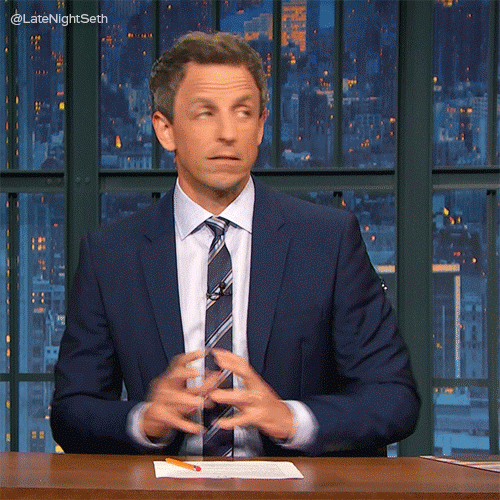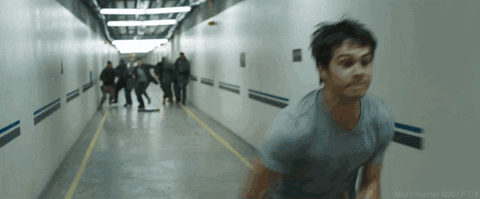
Violent situations can happen anywhere: school, work, home, or on the street. Knowing how to de-escalate a violent situation can help you get through it safely.
 Signs of Escalation
Signs of Escalation
If you witness the following signs in the body language of a person, you could be in in the middle of a violent situation waiting to escalate.
clenching fist
tightening jaws
pacing or fidgeting
rooster stance — chest protruding out more and arms more away from the body
disruptive behaviors — yelling, bullying, actively defying or refusing to comply with rules

What To Do ? !
When confronted with a violent situation, should you panic?

If you’re upset, it will lead to further escalation of the situation. Calm down and begin to look at the situation and possibilities of intervening safely.

But how to calm yourself down?
BREATHE.....
Taking long, slow breaths helps the body to relax and reduce anxiety. 
Be Aware of....
Being aware of your surroundings is essential in case the situation further escalates. Keeping your posture calm and collected will help de-escalate the situation.
Your surroundings
see if there are other people in the room
check for the nearest exits (in case you need to escape)
check for any objects in the room which can be threatening (eg. sharp objects)

Your posture
maintain a relaxed yet attentive posture
maintain eye contact and a neutral facial expression
don’t shrug your shoulders or point your fingers at the person
place your hands in front of your body
maintain a distance of 3 to 6 feet

Do's And Don'ts

DO'S
move and speak slowly
focus your attention on the person to let him/her know you are listening
acknowledge the feelings of the other person

DON'TS
challenge, threaten, or dare the person
make sudden movements which can be seen as threatening
reject all of the demands of the person from the start
try to make the situation seem less serious than it is

Quiz
If someone is being confrontational and ranting at you, what would you do?
But What To Say ?
Communication is a key factor in de-escalating a situation. If you're not sure what to say, these statements may help you build a rapport with the person:
"What can I do to help?" (ask)
"I hear how angry you are about this situation." (empathize)
"In what way do you feel that I could help you?" (ask for suggestions)
"How can we work together to make this better and make sure everyone stays safe?" (ask for opinion)

Asking open-ended questions and paraphrasing the response to clarify miscommunication helps. Empathizing with the person (even if they are wrong) will be helpful in the moment. Being non-judgmental will help the person calm down and build trust in you.
Quiz
What would you choose to do while de-escalating a violent situation?
Take Action
If your efforts are not helping de-escalate the situation, don't worry. No person, group, or set of conditions can guarantee de-escalation.

If de-escalation isn't working:
Your feedback matters to us.
This Byte helped me better understand the topic.
